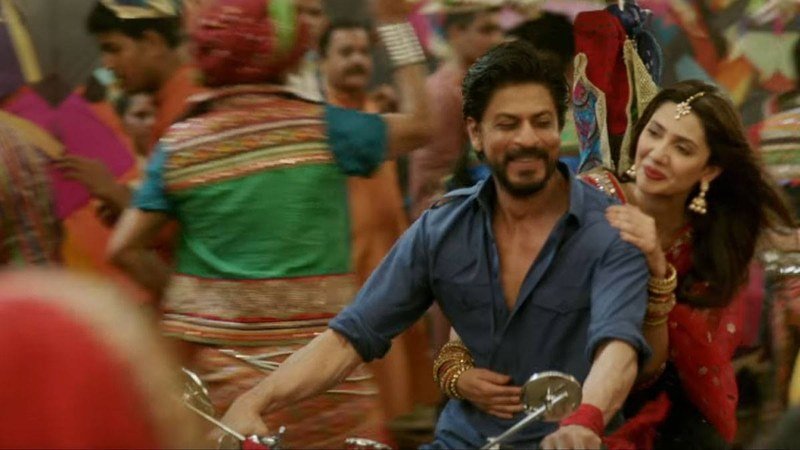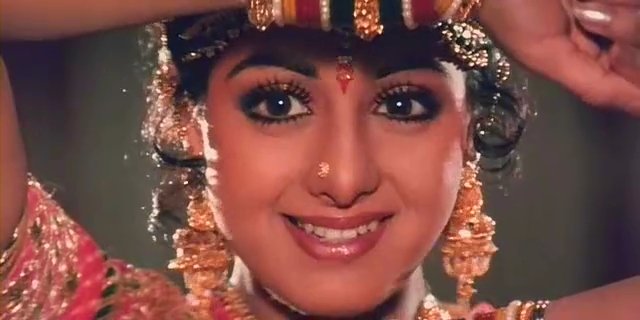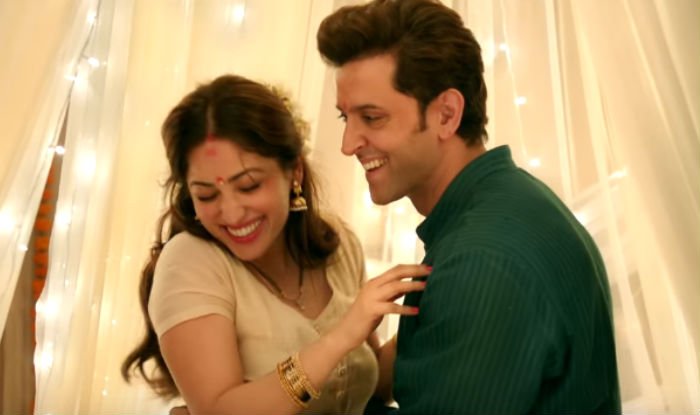This week, Kaabil released to packed cinema halls in Pakistan as Prime Minister Nawaz Sharif decided to lift the the ban on Indian films. At least three other films are expected to follow suit in the near future. Among these are Shah Rukh Khan’s Raees, Akshay Kumar’s Jolly LLB 2 and the Anushka Sharma-Ranbir Kapoor-Aishwarya Rai starrer Ae Dil Hai Mushkil. Sadiq Saleem, a Pakistani writer and a hardcore Bollywood fan tells us what lifting of this ban means for Pakistani film lovers.
My mother is from Mumbai, India and my father is a Pakistani. So you may call me a mixed breed who has been walking the tight rope of patriotism. From Mahira to Madhuri, from Lata to Noor Jehan my life is torn between India & Pakistan and that’s is exactly how I like it.
Last week, I watched Raees in Dubai and it was a fascinating experience. Now think about it, how often do you see the best of India and Pakistan sharing a frame together with love flowing from all over the place. It was as unbelievable as Modi and Sharif singing Yeh Dosti hum Nahi chorengay on a bike. Needless to say, SRK’s entry brought the house down. We must applaud Mahira for holding her ground against SRK.

In short, together they were Khantastic! To my surprise, there was not much of an applause for her because the bunch sitting next to me were not Pakistanis, said ‘is ki waja se bara bakhera hua hai’. It’s unfortunate that such a grudge was held against an artiste.
We in Pakistan, when it comes to cinema, have this habit of romanticizing our past . In the last three decades, we have mainly watched, remembered and cherished Bollywood films. My father, however, disagrees. He feels I would have gone berserk if I were to watch the films of Lollywood (the Pakistani film industry) stars, Nadeem and Shabnam, who were as big a craze as Rajesh Khanna and Sharmila Tagore.

But then the terrible 1980s happened. Today, every 1990s Pakistani kid will have a DDLJ or a Chandni or a Lamhe as their favourite film. Kids still enjoy watching Mr. India. And when in 2005, the first Indian film Taj Mehal was released in Pakistan’s Capri Cinema (which is as historic as Maratha Mandir in Mumbai) it felt like someone had injected a dose of steroids in an ailing body. Our cinema grew as well in the last decade. After ages, Pakistanis were actually watching films in cinema halls. However, the ban on screening of Bollywood films last October was a big blow to the industry.
I happened to watch Kaabil in a posh Karachi Cinema and it was like a party for cinema lovers. All the shows were sold out, even the ones starting at midnight. The corridors of the multiplex was reverberating with claps.

We were not only celebrating Kaabil, but we were also celebrating the 6-month long drought that was imposed on the entertainment-hungry population. Ironically, the release also coincided with the ban Indian content on television . Hrithik’s solo dance from the song Manamore was the highlight and it received the thunderous applause.
They say you realize the worth of something only after you lose it. Bollywood and Pakistani audience share a similar sentiment. I can only imagine how the audience roars will create cracks in the walls of the packed halls once Raees recieves the NOC from the broadcasting and media authorities.
Let me share a beautiful couplet by a Pakistani poet that plea for hope for both the nations. I hope that sanity prevails and art continues to flourish like before. Until then:
Chahnay walay ek dafa banwaas to letay hei
Yehi Kaafi hai ke ek hawa mein saans toh letey he
(You have to stay away from you loved ones at times,
At times it’s enough that you breathe the same air)

















